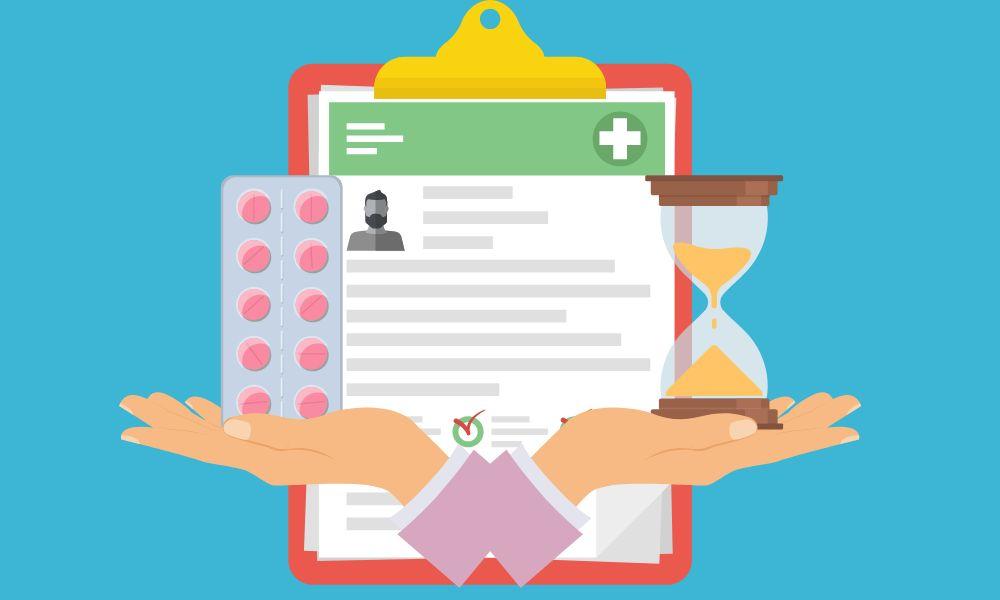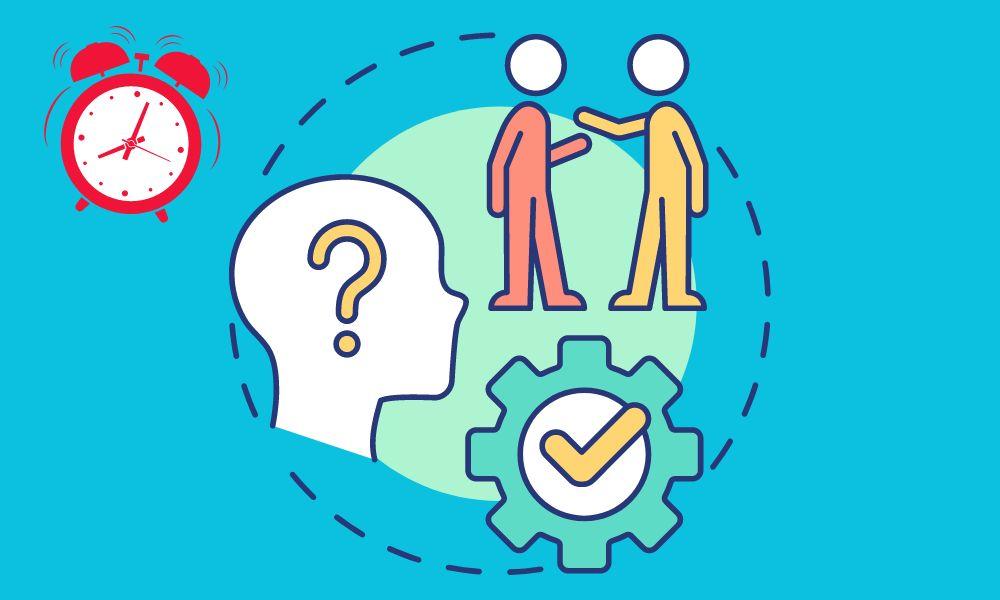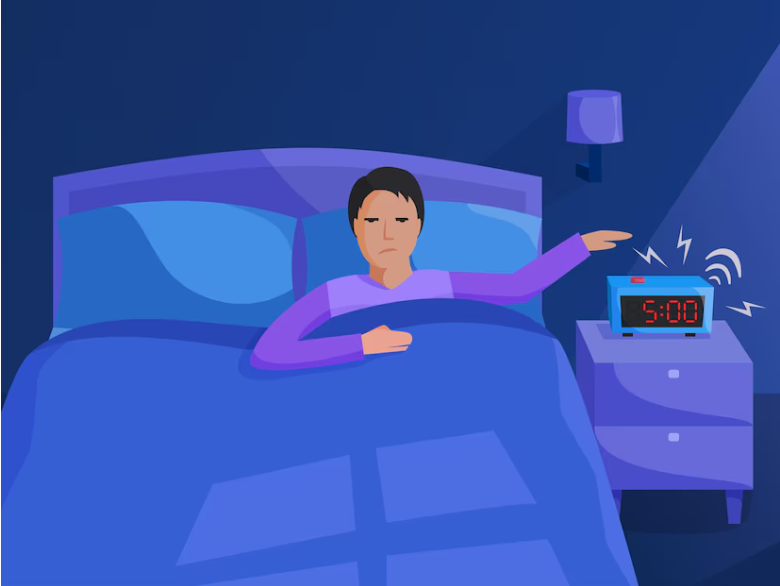
How does zopiclone work in the brain? Zopiclone is a widely prescribed medication for the short-term treatment of insomnia, helping individuals fall asleep faster and stay asleep longer. Unlike traditional benzodiazepines, zopiclone belongs to the cyclopyrrolone class of drugs, but it shares a similar mechanism of action by targeting the brain’s GABA (gamma-aminobutyric acid) system. GABA is the primary inhibitory neurotransmitter in the central nervous system, responsible for reducing neuronal excitability and promoting relaxation.
In this blog, we will explore how zopiclone interacts with the brain, its effects on sleep architecture, potential risks, and best practices for safe usage. Additionally, we will answer frequently asked questions and provide extra tips for managing insomnia without relying solely on medication.
Contents
- 1 The Mechanism of Action: How Zopiclone Affects Brain Chemistry
- 1.1 Effects of Zopiclone on Sleep Architecture
- 1.2 Potential Side Effects and Risks of Zopiclone Use
- 1.3 Tips for Safe and Effective Zopiclone Use
- 1.4 Extra Tips for Improving Sleep Without Medication
- 1.5 Frequently Asked Questions (FAQs)
- 1.6 1. How quickly does Zopiclone work?
- 1.7 2. Can Zopiclone cause memory loss?
- 1.8 3. Is Zopiclone addictive?
- 1.9 4. Can I take Zopiclone with other sleep aids?
- 1.10 5. What should I do if Zopiclone stops working?
- 1.11 6. Does Zopiclone affect dreaming?
- 2 Conclusion: Understanding Zopiclone’s Role in Sleep Regulation
- 3 Author Details
The Mechanism of Action: How Zopiclone Affects Brain Chemistry
Zopiclone works by binding to specific sites on the GABA-A receptor complex in the brain, enhancing the effects of GABA. This receptor is a chloride ion channel that, when activated, hyperpolarizes neurons, making them less likely to fire. The key aspects of Zopiclone’s mechanism include:
- GABA Receptor Modulation: Zopiclone binds to the benzodiazepine site on the GABA-A receptor, increasing the frequency of chloride channel opening. This leads to greater inhibitory signaling in the brain.
- Sedative-Hypnotic Effects: By amplifying GABA’s calming effects, Zopiclone reduces brain activity in areas responsible for wakefulness, helping induce sleep.
- Selective Action: Unlike benzodiazepines, which affect all GABA-A receptor subtypes, Zopiclone has a more selective binding profile, which may contribute to its hypnotic effects with fewer muscle-relaxant and anxiolytic properties.
This targeted action makes Zopiclone effective for sleep initiation and maintenance, but it also means that prolonged use can lead to tolerance and dependence.
Effects of Zopiclone on Sleep Architecture
Sleep consists of multiple stages, including light sleep, deep sleep (slow-wave sleep), and REM (rapid eye movement) sleep. Zopiclone influences these stages in the following ways:
- Reduces Sleep Latency: Shortens the time taken to fall asleep.
- Increases Total Sleep Time: Helps users stay asleep longer with fewer awakenings.
- Alters Sleep Stages: Some studies suggest that Zopiclone may slightly reduce deep sleep and REM sleep, though the overall impact on sleep quality remains positive for short-term use.
While Zopiclone improves sleep efficiency, long-term use can disrupt natural sleep patterns, leading to dependency and rebound insomnia upon discontinuation.
Potential Side Effects and Risks of Zopiclone Use
Despite its effectiveness, Zopiclone can cause several side effects, particularly with misuse or long-term use:
- Next-Day Drowsiness: Residual sedation may impair coordination and alertness.
- Memory and Cognitive Effects: Some users report short-term memory lapses or confusion.
- Dependence and Withdrawal: Prolonged use can lead to physical dependence, with withdrawal symptoms such as rebound insomnia, anxiety, and tremors.
- Tolerance: Over time, the brain may adapt, requiring higher doses for the same effect.
To minimize risks, Zopiclone should only be used for short periods (typically 2–4 weeks) under medical supervision.
Read Also:- How does zopiclone work in the brain?
Tips for Safe and Effective Zopiclone Use
To maximize benefits while reducing risks, follow these guidelines:
- Take as Prescribed: Never exceed the recommended dose (usually 3.75–7.5 mg before bedtime).
- Avoid Alcohol and Other Depressants: Combining Zopiclone with alcohol or opioids increases sedation and respiratory depression risks.
- Use for Short-Term Relief: Zopiclone is not a long-term solution for chronic insomnia.
- Gradual Discontinuation: If stopping after prolonged use, taper the dose under medical guidance to prevent withdrawal symptoms.
Extra Tips for Improving Sleep Without Medication
Since Zopiclone is not a permanent fix, consider these natural sleep-enhancing strategies:
- Maintain a Consistent Sleep Schedule: Go to bed and wake up at the same time daily.
- Limit Screen Exposure Before Bed: Blue light from devices suppresses melatonin production.
- Create a Relaxing Bedtime Routine: Reading, meditation, or warm baths can signal the brain that it’s time to sleep.
- Avoid Stimulants: Reduce caffeine and nicotine intake, especially in the evening.
- Optimize Sleep Environment: Keep the bedroom dark, cool, and quiet.
Frequently Asked Questions (FAQs)
1. How quickly does Zopiclone work?
Zopiclone typically takes effect within 30–60 minutes, making it best taken right before bedtime.
2. Can Zopiclone cause memory loss?
Some users experience short-term memory issues, especially at higher doses or with prolonged use.
3. Is Zopiclone addictive?
Yes, long-term use can lead to dependence, so it should only be used short-term.
4. Can I take Zopiclone with other sleep aids?
No, combining Zopiclone with other sedatives increases overdose risks—always consult a doctor first.
5. What should I do if Zopiclone stops working?
Tolerance can develop; instead of increasing the dose, seek alternative insomnia treatments like CBT (Cognitive Behavioral Therapy).
6. Does Zopiclone affect dreaming?
Some users report altered or reduced dream recall due to its impact on REM sleep.
Conclusion: Understanding Zopiclone’s Role in Sleep Regulation
Zopiclone is an effective short-term solution for insomnia, working by enhancing GABAergic inhibition in the brain to promote sleep. However, its potential for dependence, tolerance, and side effects necessitates cautious use under medical supervision. For sustainable sleep improvement, combining Zopiclone with behavioral strategies—such as sleep hygiene and stress management—is recommended.
Medical Perspective on Zopiclone (For Healthcare Professionals)
Zopiclone (a cyclopyrrolone derivative) is a non-benzodiazepine hypnotic that selectively binds to the GABA-A receptor’s α1 subunit, exerting sedative effects with minimal muscle relaxation or anxiolysis. It has a bioavailability of ~75%, peak plasma concentration within 1–2 hours, and a half-life of ~5 hours (prolonged in elderly/hepatic impairment). Dependence risk necessitates restricting use to 2–4 weeks.
By understanding how Zopiclone interacts with the brain, users and prescribers can make informed decisions to balance its benefits against potential risks. Always consult a healthcare provider before starting or discontinuing zopiclone.
Author Details




Medical content by qualified psychiatrists
Our editorial policy

Zopiclone precautions Read our potential abuse notice

Looking for a seller? Locate the best Zopiclone vendor






